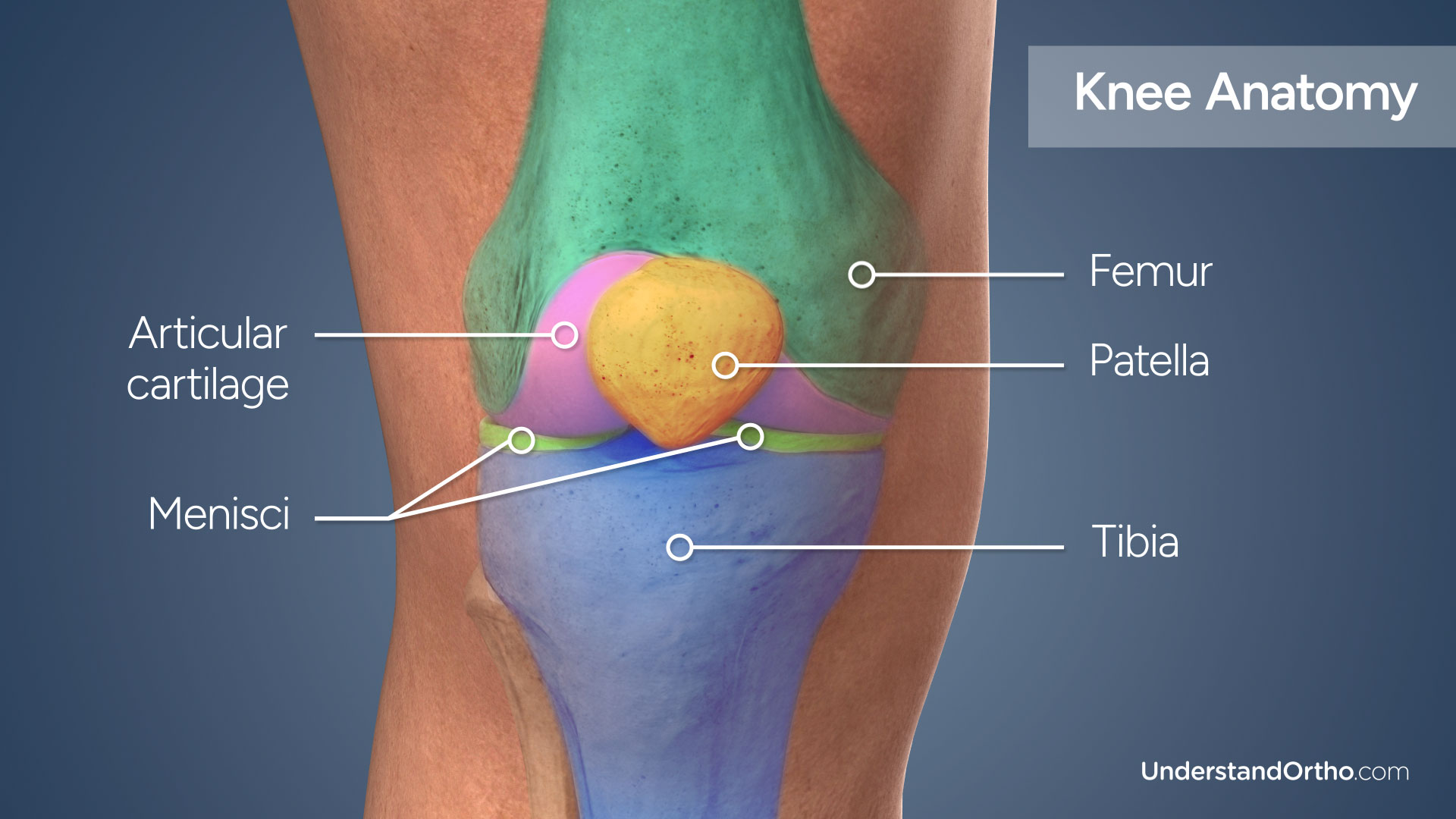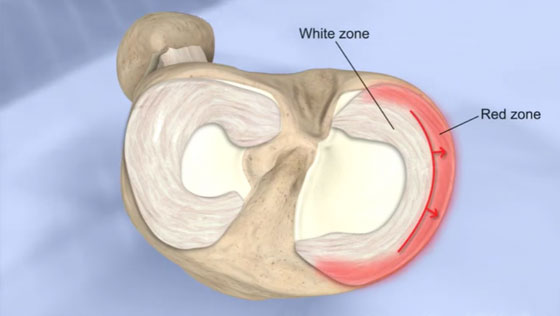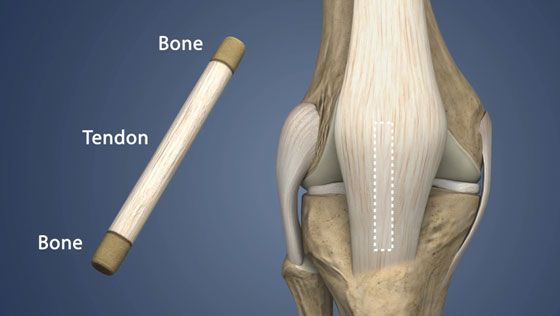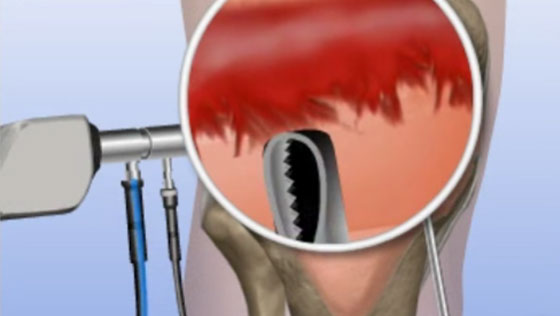What is Diagnostic Knee Arthroscopy?
Diagnostic knee arthroscopy is a minimally-invasive surgical procedure performed to identify and treat disease or damage inside the knee joint. A camera attached to an instrument called an arthroscope is utilized during the procedure.
Key statistics about Diagnostic Knee Arthroscopy
- More than 980,000 knee arthroscopy procedures are performed each year in the United States[1]
- Almost 50% of knee arthroscopic procedures performed are to address meniscus tears[2]
- Compared to open knee surgery, knee arthroscopy has better symptom relief outcomes, shorter recovery times, and better long-term results[3]
Expert Insight
Diagnostic Knee Arthroscopy Explained - J. Field Scovell, III, MD
Why is Diagnostic Knee Arthroscopy performed?
Knee arthroscopy is performed primarily to identify and relieve knee pain associated with damage to cartilage, bone or soft tissue of the knee. Problems may include:
- Arthritis
- Meniscus damage
- Torn ACL

Knee Anatomy
The knee joint is formed by three bones: the femur (thigh bone), the tibia (shin bone), and the patella (knee cap).
Menisci are pieces of cartilage found between the femur and tibia, while articular cartilage covers the ends of the bones. Together they work to absorb shock and reduce friction as the knee moves.

Who needs Diagnostic Knee Arthroscopy?
Individuals who have sustained an injury or degenerative condition of the knee that has not responded to nonsurgical treatment may undergo diagnostic knee arthroscopy.
How is Diagnostic Knee Arthroscopy performed?
Individuals who have sustained an injury or degenerative condition of the knee that has not responded to nonsurgical treatment may undergo diagnostic knee arthroscopy.
- The surgeon will make small incisions around the knee joint and the arthroscope will be inserted into one of the incisions.
- Saline solution is pumped into the joint to expand it and improve visualization.
- Images from the arthroscope are sent to a video monitor where the surgeon can see inside the joint.
- Using the video monitor as a guide, the surgeon will locate the problem area and make a diagnosis.
- Finally, the saline solution is drained, instruments are removed, and the incisions are closed using sutures.
What are the risks of Diagnostic Knee Arthroscopy?
It is uncommon to experience complications from diagnostic knee arthroscopy but potential risks may include:
- Infection
- Blood clots
- Tissue damage
How long does it take to recover from Diagnostic Knee Arthroscopy?
- 24 hours after surgery: Most patients are able to return home the same day as their procedure. Pain medication and blood thinners may be prescribed.
- 1-3 days after surgery: There should not be weight applied to the affected leg, and the knee should be iced and elevated.
- 2 weeks after surgery: Any non-dissolvable sutures are removed and bruising and swelling begin to subside.
What are the results of Diagnostic Knee Arthroscopy?
Diagnostic knee arthroscopy is a minimally-invasive procedure that typically has a faster recovery time and fewer complications than open knee surgery. Ultimately, the results of diagnostic knee arthroscopy depend upon the specific diagnosis and treatment.
Find an Orthopedic Doctor in Your Area





